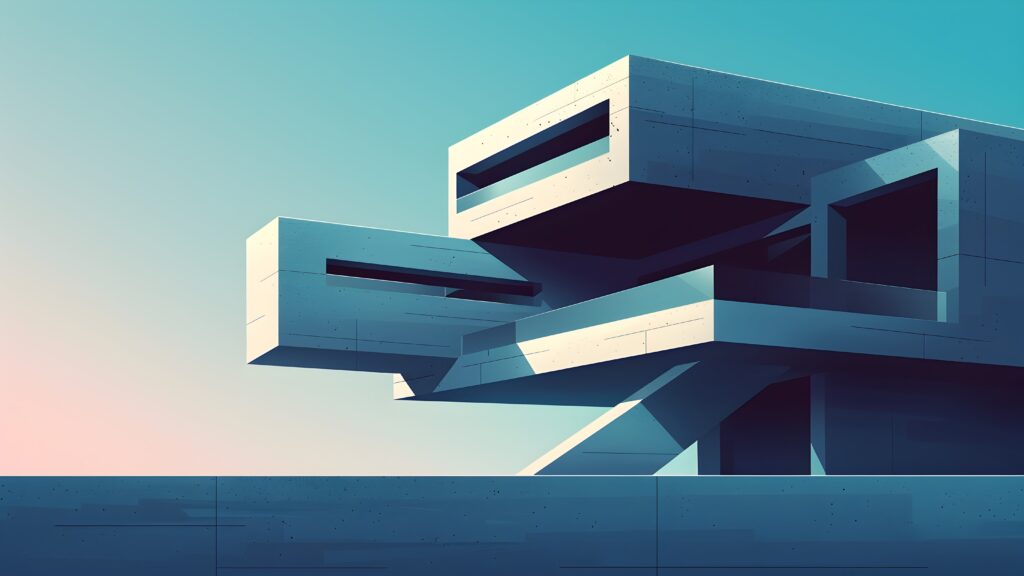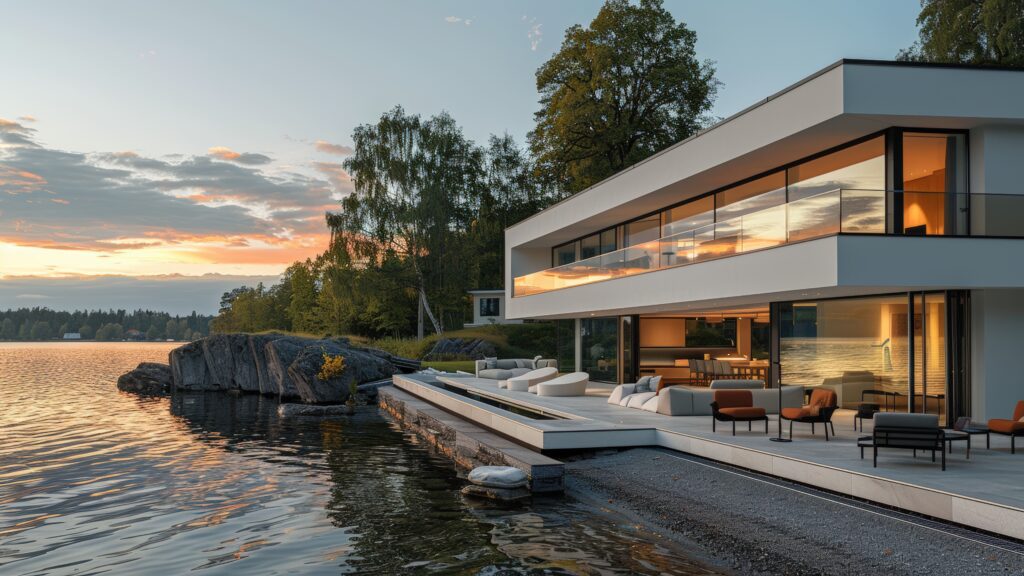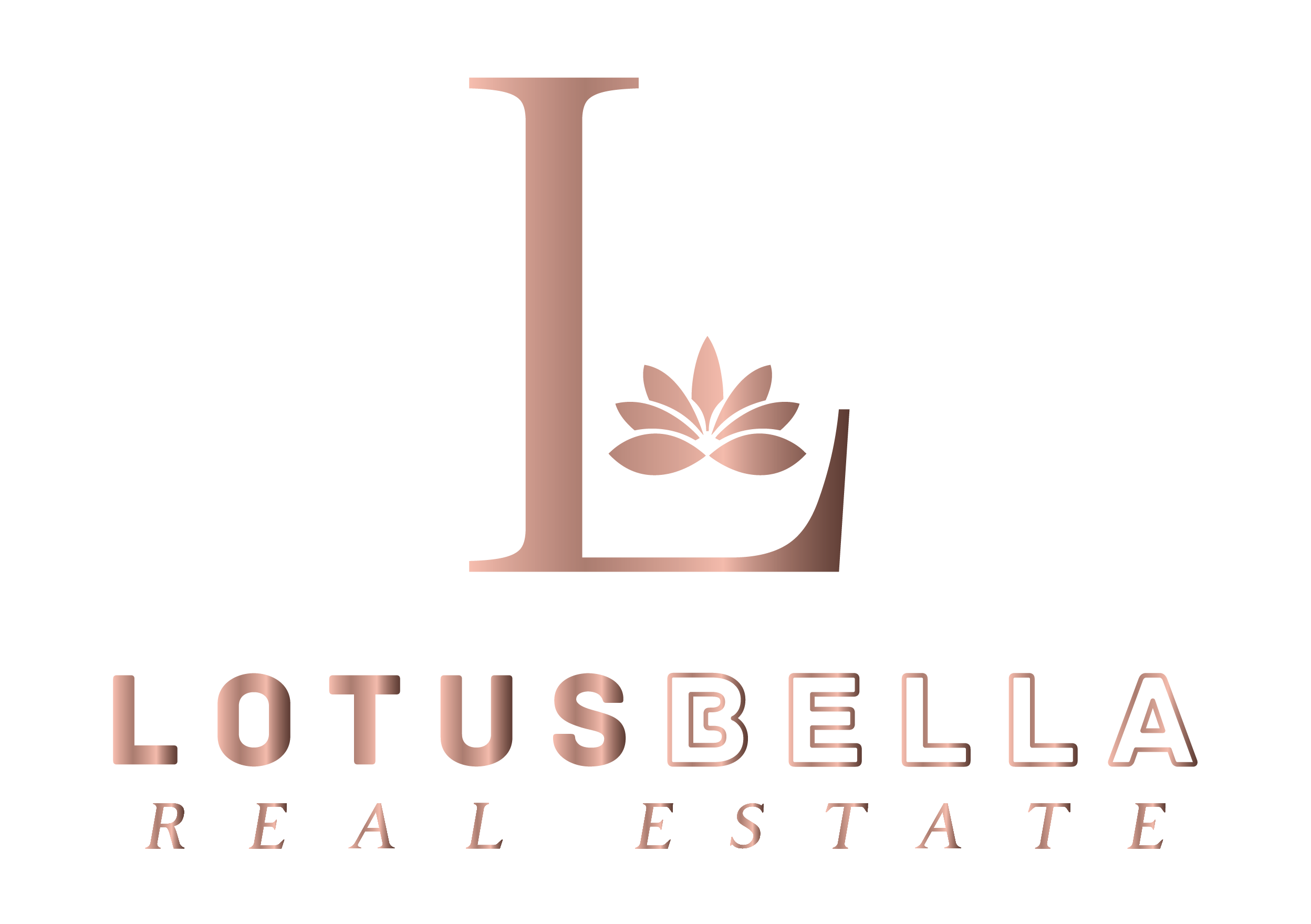Understanding Modernism
Understanding Modernism: Core Principles of Contemporary Architecture by Le Corbusier-A Reflection by Lotus Bella
Why do people love sleek, minimalist designs in modern architectural landscapes? Much is owed to modernism, the revolutionary movement that broke the mould of how we thought about space and function. Still, who defined those core principles of modernism? We detail here the evolution of modernism and delve into the philosophical worldview as propounded by visionary architect Le Corbusier, and where his revolutionary ideas formed some of those foundational principles for buildings like in Lotus Bella. Let's embark on this architectural journey as we look into the heritage of modernist design and its influence on luxury living these days.
Content
- Modernism's definition and historical context
- Le Corbusier: The Forward-thinking Founder of Contemporary Architecture
- Le Corbusier's Introduction to the Five Essential Principles of Modern Architecture
- Dubai's modernist villas
Modernism's Definition and Historical Context

Modernism was born from the social, economic, and technological upheavals that swept the early 20th century. As an all-encompassing cultural and intellectual phenomenon, modernism influenced art, literature, and architecture. For architecture, simplicity, functionality, and novel application of materials and construction techniques were at the core of modernism. The fast-changing nature of the world meant that architects in this century came to abhor ornate and revivalist styles of architecture from the 19th century and sought designs to meet the practical needs of a growing middle and working class.
Through such moves, architects like Le Corbusier spearheaded a trend that removed ornaments in the name of clean lines and forms that work. Given their emphasis on exposed steel beams and concrete surfaces-which reflect the strength of buildings-the focus was on utility and rationality. These principles would eventually serve as a basis for many public housing schemes as well as private developments.
.
Le Corbusier: The Forward-thinking Founder of Contemporary Architecture

Charles-Édouard Jeanneret-Gris was the birth name of Le Corbusier, the Swiss-French architect born in 1887. He impacted modern architecture for many decades and yet continues to be found echoed through the ears of present architects. Le Corbusier always believed in functionalism and suggested that the form of a building should reflect its function. His very revolutionary ideas about urban planning had attempted to lift the life quality of the city dwellers by interlinking this with green spaces and an efficient layout of a compartmentalised city structure.
His approach towards modern architecture, that was invested in the rational plan and structural simplicity, led to some other significant buildings and urban projects, most notably - Villa Savoye. He established the basis for a new generation of architectural design that influenced not only the public buildings but also the luxurious private villas, like exclusive villas in Lotus Bella.
Le Corbusier's Introduction to the Five Essential Principles of Modern Architecture
Le Corbusier came out with five fundamental principles that have left an indelible print in modern architectural practice. All these are still very evident in the designs of luxury developments found at Lotus Bella:
Principle 1: Pilotis (Pillars)
The Le Corbusier designed pilotis innovatively. There were buildings elevated over the ground, and open space underneath provided enough space for gardening or even car parking. This feature not only maximise the area outside the building but also combines structure with nature in harmony-a feature that seems to characteristically be implemented by Lotus Bella designs of villas.
Principle 2: Open Floor Plan
This frees interior space and provides fluid adaptable space. Lotus Bella's designs, such as an open-plan design, allow for flexible living arrangements and an uninterrupted flow between rooms, which is perfect in modern living with family.
Principle 3: Long Windows
With the liberation of free walls of their structural roles, Le Corbusier freed expansive windows that flood interiors full of natural light. This idea is reflected in Lotus Bella's panoramic window designs that blur the limit of spaces between indoors and outdoors and at the same time ensure residents have ample lighting.
Principle 4: Flat Rooftop
For example, Le Corbusier turns rooftops into outside space. He makes them a garden or a rest area. The villas in Lotus Bella have flat-topped versions that come with a private veranda with panoramic views of the outdoors, making it possible to give people nearer contact with nature.
Principle 5: Free Facade
Structural elements from the facade meant architects were able to be as free as they could possibly get with the dynamism of the exterior design. The facades of Lotus Bella are not only unique but beautiful because they used varied materials and textures while affording expansive balconies and terraces.
Dubai's modernist villas


